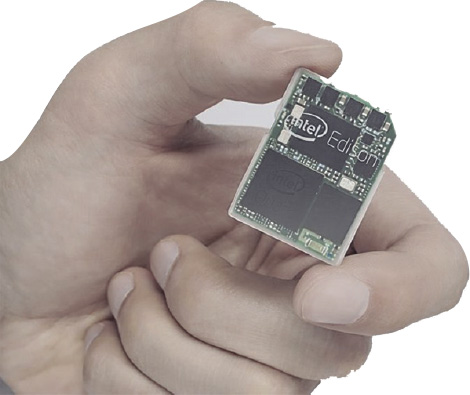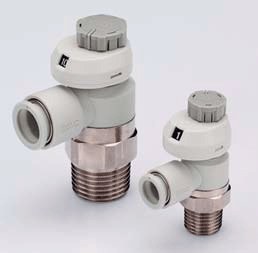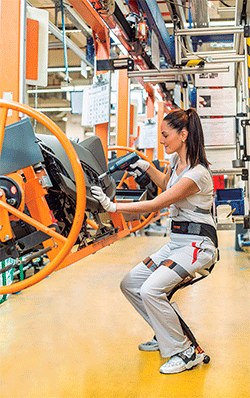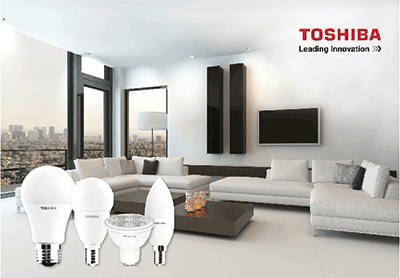For healthcare professionals, accurate diagnosis and treatment depends on a clear picture of an individual's state of health. However, providers in the medical industry rely on tests administered in doctors' offices, clinics or hospitals that provide a static snapshot of the ever-changing dynamics of an individual's health.
Smart accessories (implants) can directly address these concerns, providing individuals and their medical providers with a clearer view of health trends than has been available in the past.
The ability to review health data remotely, via implants, promises measurable improvements in healthcare. According to the GSMA (Groupe Speciale Mobile Association), a study indicated that remote monitoring of patients with chronic heart failure could reduce readmissions by 72%.
next generation implants
While fitness trackers have helped people track their heart rates around the clock for years, a new wave of more sophisticated smart accessories seeks to offer continuous updates of important diagnostic data.
For example, one device combines an ambulatory blood pressure monitor, a wireless ambulatory EKG, and a portable pulse oximeter into one sensor system that wirelessly transmits data to smartphones via Bluetooth. The blood pressure monitor is designed to be worn inside a vest to provide 24-hour monitoring without disrupting a wearer's normal daily routine. Electrocardiogram device electrodes are combined into a lightweight unit that attaches directly to the user's chest and can be worn under clothing. Similarly, the pulse oximeter uses a fingertip sensor attached to a comfortable wristband, allowing 2-hour oxygen saturation (SpO24) measurement.
While allowing for more sophisticated health monitoring, implants are also gaining traction in treatment. For example, another product combines integrated blood glucose level with wireless monitoring of insulin injections delivered by a small, portable insulin delivery capsule. Unlike conventional insulin injection systems, this device can be used continuously – even while swimming and in the shower – without risk of disrupting or compromising an active lifestyle.
New Components
Behind the rapid emergence of this new generation of wellness implants are dramatic advances in a wide swath of technologies, including sensors, ultra-low-power processors, wireless communications, electronic devices, and flexible packaging.
In fact, one of the key advances in recent years has been the ability for manufacturers to weave sensor networks into clothing, enabling the development of diagnostic instruments that can be worn comfortably and discreetly.
Creating a wearable product for medical, health and fitness applications presents new and unique design challenges. Engineers must combine advanced sensor systems, low-power embedded systems, and wireless communications in the smallest possible biocompatible packages.
At the same time, smart wearable accessories such as wristbands and other visible elements must offer the shape and design of an attractive fashion accessory – while still offering long runtime with infrequent charging.
For designers, the main challenge becomes meeting the conflicting demands for power and performance. As a result, highly integrated ultra-low power consumption MCUs are often at the heart of smart accessory designs.
A series of sophisticated algorithms are used to process data from a 3-axis accelerometer while managing an LED-based user interface that communicates wirelessly with an application on smartphones, there is one manufacturer that has selected the MCU Leopard Gecko – a Silicon Laboratories ultra-low power implementation of the ARM Cortex-M3 core. Features like the Gecko's low power sensor interface and peripheral reflx system help minimize power by allowing the MCU core to "sleep" while continuing to collect data from the sensors and allow for autonomous peripheral operations while powered by a replaceable CR2032 Li-ion battery, which the user expects to provide at least four months of power.
Intel designed its Quark MCU specifically to target similar embedded and smart accessory applications, where low power and small size are more critical than raw performance.
The initial Quark device, the X1000, integrates a 400-bit 32 MHz core with 512 KB of SRAM, a DDR3 memory controller, and multiple connectivity options. Recognizing the growing need for security in portable applications, the X1000 includes an on-chip boot ROM that provides a trusted hardware root used for authentication.
With its Edison development board, Intel offers designers of smart accessories a very small platform (about the size of an SD card) that combines a 400MHz Quark with two cores, LPDDR2 and NAND flash storage, and low-speed Wi-Fi and Bluetooth connectivity. power (BLE).
With the advent of more efficient electronic components and packaging methods, designers are nevertheless faced with the important task of configuring hardware and software components into practical portable system designs. To help designers address the engineering challenges associated with implants, component manufacturers are offering reference designs, design kits, and development frameworks.
For example, Freescale Semiconductor's Implant Reference Platform (WaRP) aims to be a fully scalable, open source solution for smart accessory design.
WaRP combines the i.MX 6SoloLite ARM Cortex-A9 application processor, Xtrinsic MMA955xL intelligent motion sensing platform, and FXOS6CQ 8700-axis digital sensor with Kinetis software and Revolution Robotics hardware.
Conclusion
Medical implants promise to address current concerns in the healthcare industry about the quality and immediacy of vital statistics.
By providing immediate access to long-term monitoring results, wearable technologies can deliver the data that healthcare providers need to diagnose health problems more quickly and accurately – and begin to address exorbitant costs for treating conditions. chronic diseases and pain.
With the continuous emergence of the most advanced sensors, ultra-low power consumption MCUs, electronics and flexible packages, implants are finding applications for use in fitness and health areas within the exclusive domains of expensive hospital equipment or units. for home. For developers, a growing list of reference designs and design kits offer a ready starting point for venturing into smart accessories or implants.
For more information visit mouser.com/applications






